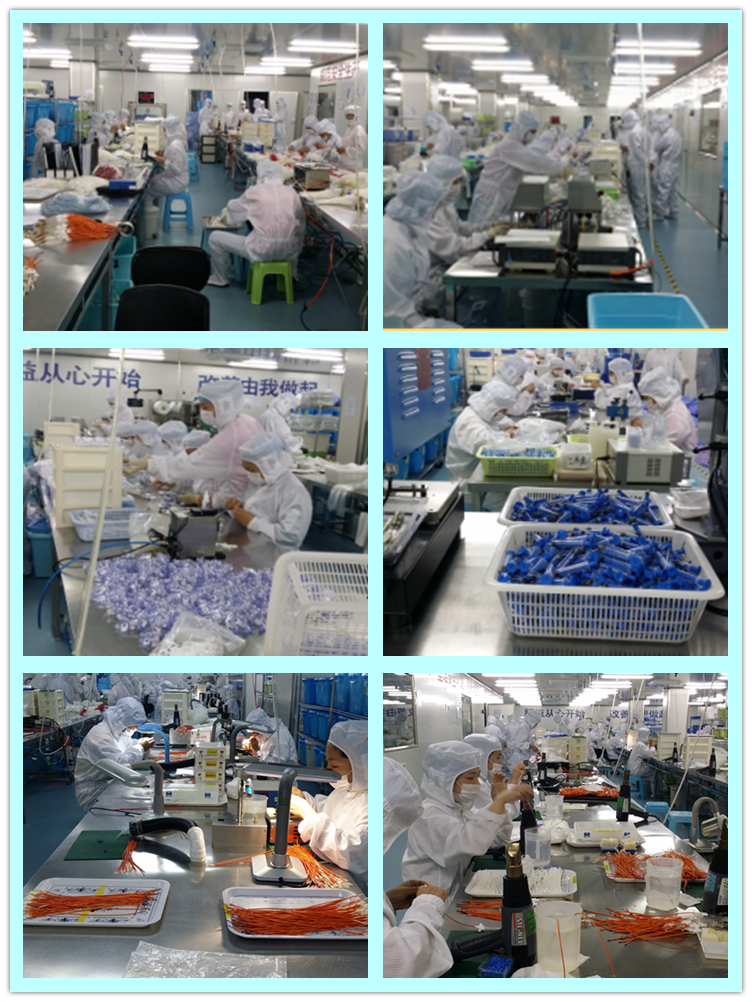Use fermentation feed effect is good! Fermentation feed is suitable for feeding pigs, chickens, cattle, sheep, and geese, and various materials such as glutinous rice bran, rice bran, straw, glutinous water, herbage, cottonseed hull, peanut shell, bean dregs, sweet potato slag, brewer's grains, etc., can also be fermented. Feces and other animal manure and other materials can be made of fermented feed. Effect of feed fermentation The feed starter can decompose anaerobic fermentation of cellulose and other indigestible macromolecules in the feed into small molecule sugars, amino acids, small peptides, biological enzymes, etc., thereby increasing the nutrient composition and digestibility of the feed and reducing the cost of raising the feed. . Feed can also degrade feed toxic and harmful substances during fermentation, improve feed safety and palatability. Fermented cottonseed cake and rapeseed cake can be used in place of soybean meal. After fermentation, the smell of feed mellow livestock is very much like eating. Frequently fed fermented feed can also supplement the beneficial bacteria flora of the intestine, inhibit harmful bacteria, maintain the microecological balance of the intestine of livestock, and strive to strengthen the system and increase the resistance to disease. Feed fermentation operation and precautions Steps: Mix and dilute the starter with a small amount of fermentation raw materials, mix evenly with the bulk of the raw materials, and then mix thoroughly with water. The ratio of dry raw materials to water is 1:1~1.2. Hold the raw material after adding water, and use the fingers to see the water but do not dribble it. The raw materials for fermentation are as diverse as possible, and the content of energy feed such as corn and wheat bran is not less than 20%. Never use mildew to degenerate raw materials. The fermentation process must be kept sealed and the bagging pool can be, but not compacted. The fermented feed should be stored in a cool, dry place. Containers should be sealed immediately after taking them. Avoid exposure for too long to avoid mold contamination. For example, due to improper storage of materials after fermentation, etc., it will cause mildew or odor and should be discarded. The optimum proportion of fermented feed: 20% for piglets, 30% for large pigs and chickens and ducks (calculated as dry matter), can be added directly to the original full-priced feed.
Antimicrobial central venous catheters are discussed as a device to reduce catheter-related infections. Previously we have reported a study with 223 adult surgical patients randomized to receive either a rifampicin-miconazole-loaded Central Venous Catheter (CVC) (n=118) or a standard CVC (n=105). The antimicrobial CVC was shown to reduce catheter colonization (CC) and catheter-related local infection (CRI) significantly even at long-term catheterization. Here, we present further evaluation of the study focusing on possible benefits for high-risk patients. Subgroup analyses showed a pronounced reduction of CC and CRI in male, overweight and oncology patients. Important covariates were skin colonization for CC and oncological disease for CRI. Odds ratio (OR) for reducing CC was 0.076 (95% CI: 0.016-0.360) and CRI was reduced from 26% to 2.3% (p=0.001) in the cancer subgroup. Ex vivo long-term antimicrobial activity of modified catheters exceeded 4 weeks.
*Related Products:Anti-microbial Central Venous Catheter Kit,Anti-microbial Central Venous Line Kit.
Antimicrobial Central Venous Catheter Anti-Microbial Central Venous Catheter,Anti-Microbial Central Venous Line,Central Venous Line,Anti-microbial Central Venous Catheter Kit,Anti-microbial Central Venous Line Kit Anesthesia Medical Co., Ltd. , http://www.sinoanesthesia.com


